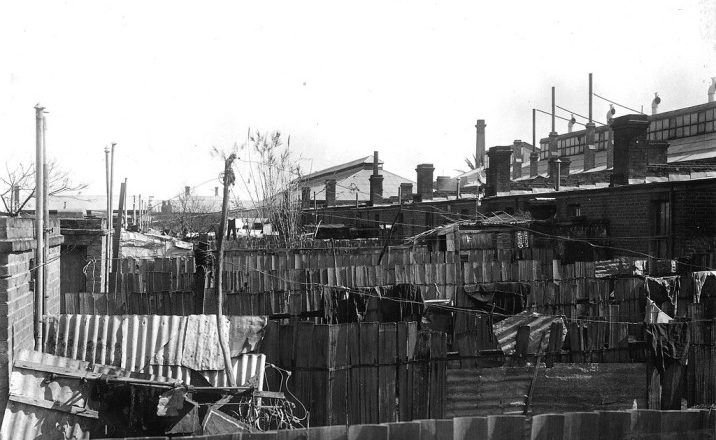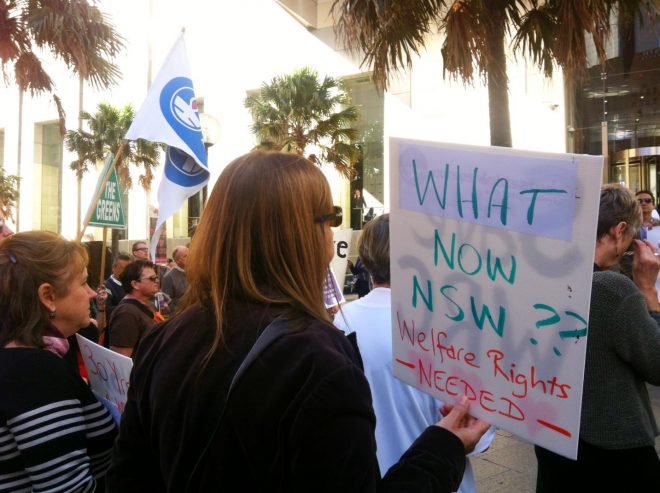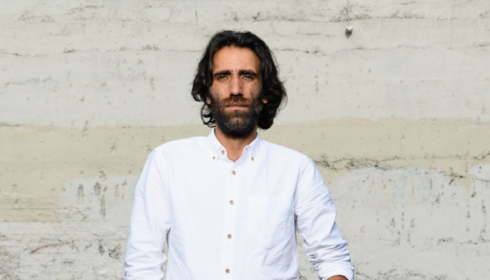
Bill Mitchell OAM writes on the changes, challenges and victories of welfare righters on the 30-year anniversary of Economic Justice Australia, the peak body for community legal centres.
Welfare rights work is emotionally draining, technically difficult and is often set against a backdrop of public misinformation about rights and poverty in Australia. It compares in many ways with refugee work in this regard.
You have to do this work to really understand how important it is.
Just think for a moment about the key components of the welfare rights client landscape: people living in poverty, supporting children through formative years, unstable accommodation, potentially with a history of abuse and violence, chronic illness, and poor mental health. They’re in a fight against the might of the Commonwealth wielded by a distant and unsympathetic bureaucracy relying on complex laws and policies that give an appearance of entitlement but are clearly geared for disentitlement.
And all that, just so they can receive a payment that keeps them below the poverty line. Things are really stacked up against our clients. Their cases are fundamental human rights cases.
Many are convinced that there exists a hierarchy of human rights, which has civil and political freedoms as its crown, but economic rights are as important as any other. We know from our clients that without income, you are at your most vulnerable.
I still get the occasional welfare rights file and I am always reminded of just how much effort has to go into managing those cases: vulnerable and mistrusting clients, large unintelligible Freedom of Information files, trying to make sense of Centrelink acronyms because that information could be completely worthless or a silver bullet, expert reports that are essential but no one can afford, legislation that simply doesn’t make sense and policy that doesn’t match the law.
The system is stacked against the client and so success is always hard-earned. This has not changed in 30 years, and if anything might have become more complex and more unevenly stacked against the client.

Economic Justice Australia’s role as welfare-righters is more than a century old with a rich history here and overseas. The near history of social security advocacy started in the settlement houses of late 19th century England. Places like Toynbee Hall working in the slums of Whitechapel, with its circa 1898 poor man’s lawyer service.
Stephen Wexler’s seminal 1970 Yale Law Journal article “Practicing Law for Poor People”, said that specialist services are needed to address specialist areas of inequality. He and others also said that unless you combine individual advocacy with systems advocacy, then real change never happens.
In the 1990s, some commentators like Willaim de Maria suggested we weren’t capable of making real structural change.
Arguing the movement from single-issue activism (correcting a Department of Social Security decision) to class activism (collaborative projects between staff and the poor and disadvantaged to challenge if not overturn the structural antecedents of poverty) was too difficult and unachievable.
Clearly, de Maria was wrong. He missed just how powerful our brand of collective activism could, and in fact, would be.
EJA members’ individual work with people is matched by its collective work to make the system fairer. Its work was always among community legal centres’ best examples of how clients’ cases identified and drove education and law reform work.
Early examples of our priorities included unemployed people, young homeless people, sole parents, and persons with disability, especially psychosocial or intellectual disabilities. I’m fairly sure this hasn’t changed although I will touch on how some trends have come and gone.
Read more: Race, poverty and disease: before the age of COVID-19
Australian welfare rights centres began to establish in the 1980s. An additional $1 million of government funding in 1992 expanded the network. Specialist units opened in Darwin, Townsville, Wollongong, Geelong, Launceston, Hobart and Fremantle.
The network was a loose collective up until that point. It suddenly grew and became general centres with specialist positions. This brought expertise in litigation, criminal law, family law and family violence, consumer and human rights and from other areas of administrative law.
It brought some equity to Northern Australia, although having only two positions across the top of Australia was somewhat ridiculous (Townsville and Darwin).
Even with all that time and expertise, to be a welfare righter is to know that much of the law is vague and prone to haphazard and inconsistent discretionary decision making.
In one case, a 16-year-old woman was breached by Centrelink for failing to attend job training. Her reasonable excuse, she had no transport from her town of 21 people to Charters Towers, a distance of 50 kilometres. The over-eager Centrelink staffer had determined and even put in writing that the youth allowee could have ridden her horse.
We worked more closely with the review system back then because it allowed this. The review process really has changed since then. Tribunals were three-member face-to-face panels with true expertise in the issues they were reviewing. A far cry from where we are now with single member, remote hearings.
I never felt alone in my work. The camaraderie and technical support we gave to each other and still do was critical to ensuring that the work doesn’t get you down. It involves talking to people experiencing poverty, violence, discrimination, stigma and stereotyping against the overlay of the complex technical system of laws, policies, decisions and often physically and emotionally distant decision-makers. I do think welfare-righters are prone to experience vicarious trauma over time.
Our stories often brought bureaucrats and politicians to tears but also anger when we would dare suggest fairness ought to be an implicit part of the social security system. How dare those babies of non-citizen parents be breadwinners, how dare those victims of family violence have debts waived, how dare those who gamble expect us to pick up their lives when they need support – the list goes on.
Economic Justice Australia is far removed from where it was 30 years ago. A loose collective of centres doing similar work is now a tight formation combining strategic work across all areas of services delivery. As is the case with so many other areas of public policy the fast-moving media and social media landscape is perfect for our work. Our ability to keep telling our clients’ stories in a way that shapes national social policy is laudable.
That didn’t, and doesn’t, happen by accident. It reflects our history of strong leadership and hard work.


